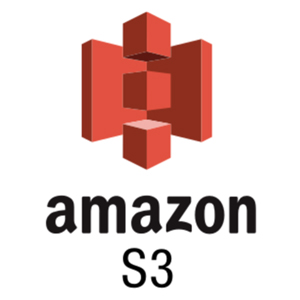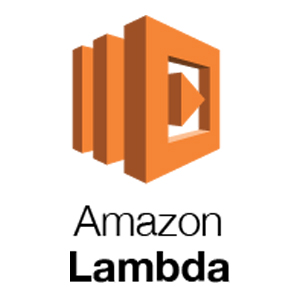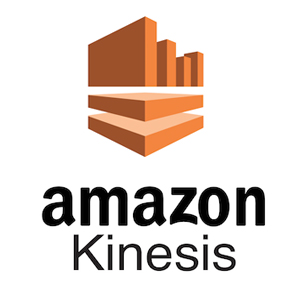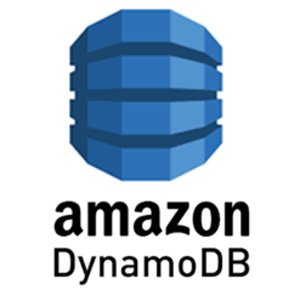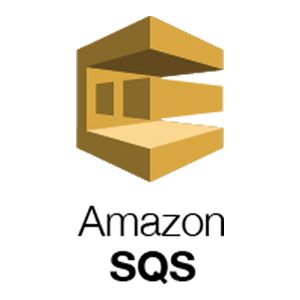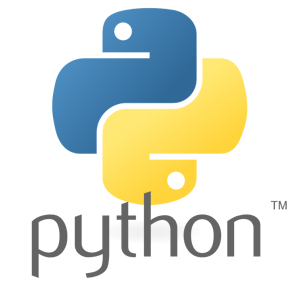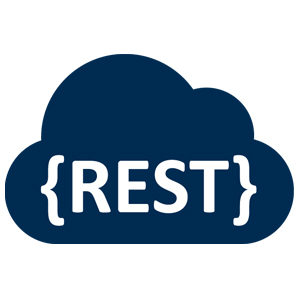
Designed and Developed Credit Indices for a New Fixed Income Trade Pricing Platform by Leveraging Cloud Computing
Business Problem
Our client, a leading UK-based Global Financial Company, had an existing pricing platform for fixed income trading. It could track nearly 50K financial instruments daily and collected pricing for the same from multiple sources. But they were looking for an integrated and centralized solution to maintain everything at one place.
Business Analysis
Our team collaborated with the client to understand their whole business process and identified some bottlenecks. Since a lot of data was being added and used every day, they required a new centralized system that could help them maintain the legacy system. We also looked for the best methods and technologies that could make the whole process of working on a new platform less complicated.
PureSoftware Solution
We analyzed their situation and then deployed a team of Java and Python engineers – experts in the trading & pricing domain, to study the legacy system. The legacy system had various pricing components like quote-based pricing, trade (accrual) based pricing, Rule-Based-Pricing (RBP) & Machine Learning (ML) based pricing.
Further, we developed a resilient event-driven architecture on AWS, serverless with a scalable NoSQL to ensure that the data collected in the legacy system was centralized and consumed by the new architecture without impacting the sub-engine workflow.
The new system designed and developed by PureSoftware works in the following stages to give the final price:
- Raw Ingestion
- Data Augmentation
- Data Consumption by various sub-systems by RBP, ML & “Bid-Ask”
- Final Price (best price) selection through a preferred methodology
We majorly contributed in:
- MicroLib pattern: To reduce inter-service calls
- BizLib pattern: To ensure sharable core domain logic implemented in the forms of lib and various stateless functions
- Dump logs on error: To reduce logging/cost and yet have complete information on errors
- Code guidelines, particularly for exception handling and reporting practices
- Payload structure format guidelines from change perspective as well as error information
- REST API guidelines along with custom error codes plus error propagation across services
Results
The system implemented by us helped the client in the following ways:

The new system was faster and tracked 10 times more instruments than the previous one

Faster time-to-market with quicker best price (final price) results

A centralized and auto-scalable cloud-native future-ready platform

Increased efficiency by allowing ingestion and processing of millions of events daily in real-time
Technology Stack Used
While designing and developing an integrated centralized platform for the client, we leveraged the latest technologies, including
